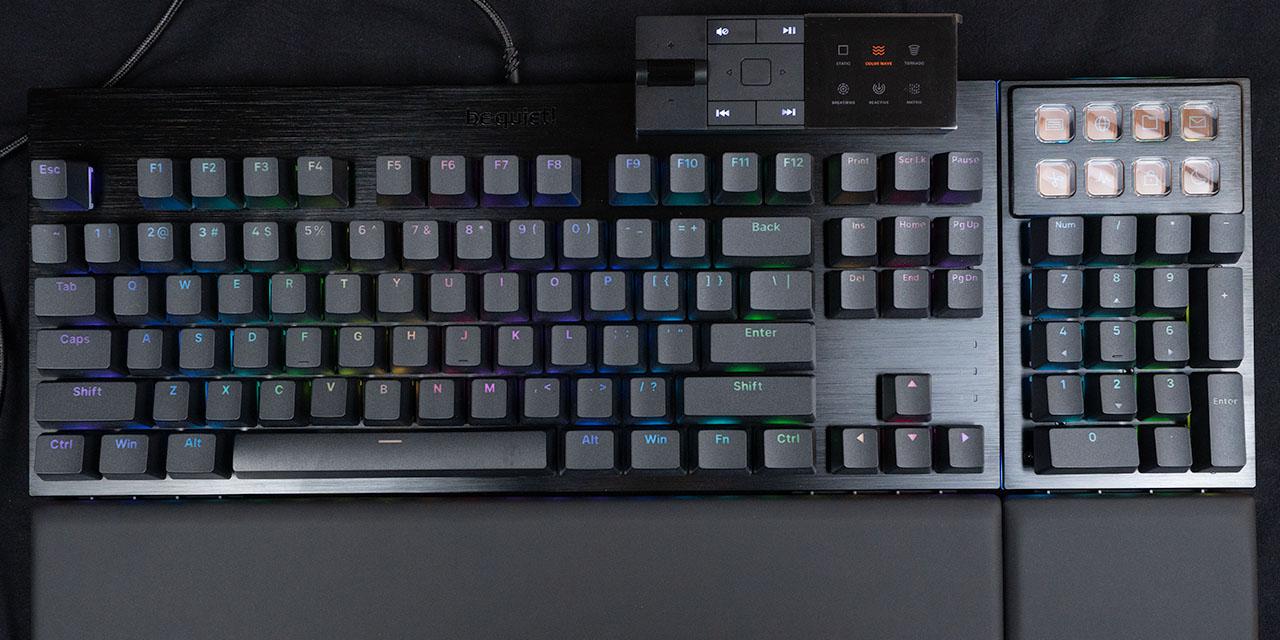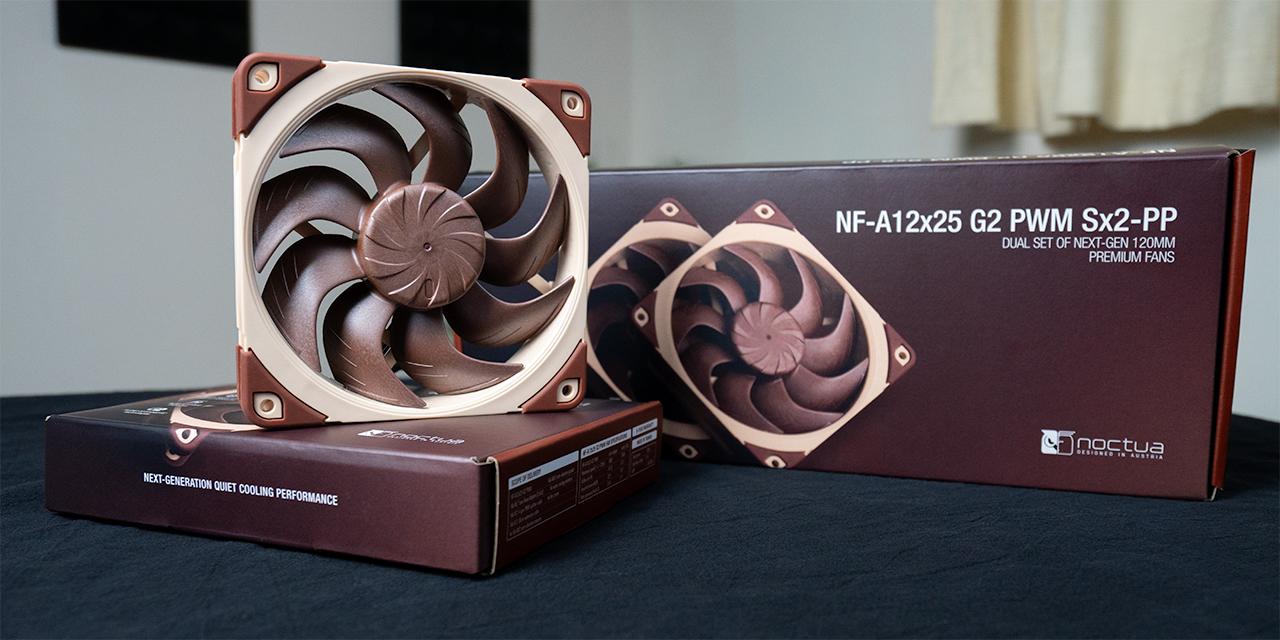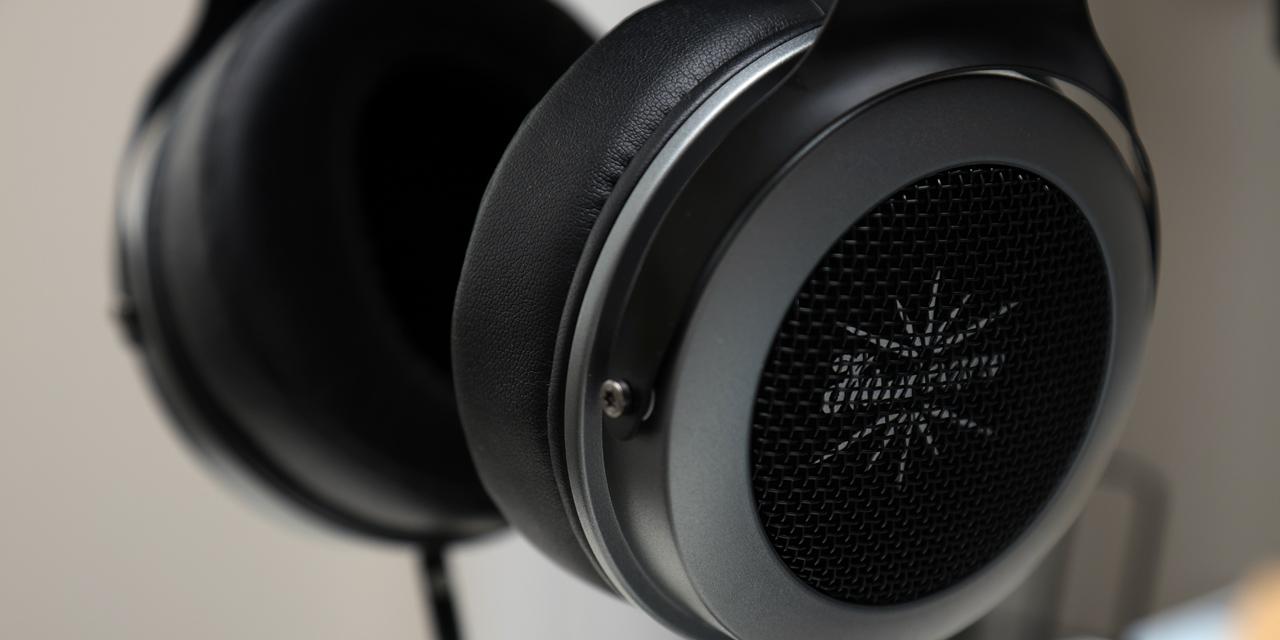Page 3 - A Closer Look - Disassembly and Internals

As part of our disassembly, we can start by first inspecting the keycaps. These are PBT or polybutylene terephthalate plastic with a double-shot injection. I like PBT as a material choice, as it is more durable and does not shine or fade over time compared to other commonly used plastics like ABS. The thicker wall also adds to a deeper sound when used. The legends are inserted with a second layer of plastic, which is why it is called double shot. This is why you see a black outer and white inner plastic. As such, the legends will not fade or wear over time, but it is a costly option for making keycaps. The choice of font is clear and legible with OEM-like writing. The translucent keycaps on the other hand are polycarbonate with UV printing on top. They did not shine or fade while I was using it for my testing, but you should be aware that this is typical for UV printing. The keycaps use standard MX stems with a Cherry profile. The Epomaker Magcore 87 offers full NKRO over USB. NKRO stands for N-key rollover, which refers to the number of keys scanned independently by the hardware. The keycaps have an OEM profile as well with the keys slightly concave, so users know where to rest their fingers.
The longer keys of the Epomaker Magcore 87, like the space bar and Enter, have Cherry stabilizers on each side to ensure an even actuation and to prevent wobbling. These are factory lubricated as it has a smooth travel and does not rattle or squeak when the longer keys are pressed. The stabilizers are plate-mounted rather than screwed into the PCB. This is usually a cheaper alternative, as plate-mounted stabilizers can cause a bit more rattling. Thankfully, the stabilizers do not make much noise. The plate is aluminum and does not flex under pressure. This also affects how each keystroke sound with its higher pitched click.

One of the key selling points of the Epomaker Magcore 87 is its switch technology. Mechanical switches consist of a housing base, stem, and spring, offering varying levels of tactile and audible feedback. However, you already notice the Magcore 87 does not use typical mechanical or Hall effect magnetic switches, but rather inductive switches. Inductive switches work on the principle of detecting metals passing through an electromagnetic field. In this case, the switch base has a hole at the bottom and the stem of the switch is attached to a metal conical shape. As the switch is pressed, the metal bottom goes through a hole in the PCB and a sensor there can determine how far the metal piece extends through. On the other hand, Hall effect switches detect a change in the magnetic field as each switch has a magnet at the bottom of the stem and a Hall effect sensor on the PCB. Both switch types do not have physical parts making contact, which means they should be more durable than traditional mechanical switches. Just to note, even though these are hot-swappable, the Magcore 87 is only compatible with these inductive switches.
More specifically, these are Kailh Box Inductive Switch. They have an initial force of 35g with a total travel of 3.5mm. You can change the actuation distance and the actuation force, as these can provide analog input. They are linear switches, which is not too surprising, with an expected life span of one hundred million keystrokes. They have a blue top housing and a magenta bottom shell. A translucent plastic diffuser on the south side spread the south-facing LEDs. The white stem in the middle has a standard Cherry MX stem with a circle around it to provide some key stability. You can also see the metal cone at the bottom of the stem. Inside, a 15mm spring ensures consistent actuation. The switch has minimal lateral movement, which indicates its stability. Otherwise, the switch housing and stem is made fully of polyoxymethylene or POM.

Just like the Epomaker P75, the Magcore 87 is quite easy to take apart. In fact, Epomaker provides a hex key if you need it. On the bottom of the keyboard is a total of six hex screws that hold the enclosure together. Once you do so, the top separates from the bottom, revealing the hardware inside. From this angle, there are multiple important things to note. First, all the switches sit on top of an aluminum alloy plate. The whole keyboard deck is not fixed in place, but rather sits in grooves with black gasket mounts. The deck then sits in place between the top and bottom aluminum enclosures. These gaskets should also reduce vibration or unwanted movement transferring from the deck to the rest of the enclosure.
In between the plate and the PCB, there are several layers of sound dampening material, including a thick silicone sandwich foam, thinner IXPE switch foam, and a bottom EVA foam sheet. These aspects help deal with multiple things, including stabilizing the stabilizers, providing a deeper tone to the sound, and reducing unwanted noise. They also provide a softer feel in each keystroke when bottoming out. Right above the arrow key cluster, there is also a row of seven lights that illuminate the light bar.

Lifting the Epomaker Magcore 87 keyboard deck off its indentation, you can see more damping material with one attached to the board. There are also many holes underneath for the induction stem to travel through. The PCB is connected to a smaller daughterboard that connects to the USB port at the back.
Page Index
1. Introduction, Packaging, Specifications
2. A Closer Look - Hardware and Software
3. A Closer Look - Disassembly and Internals
4. Conclusion





